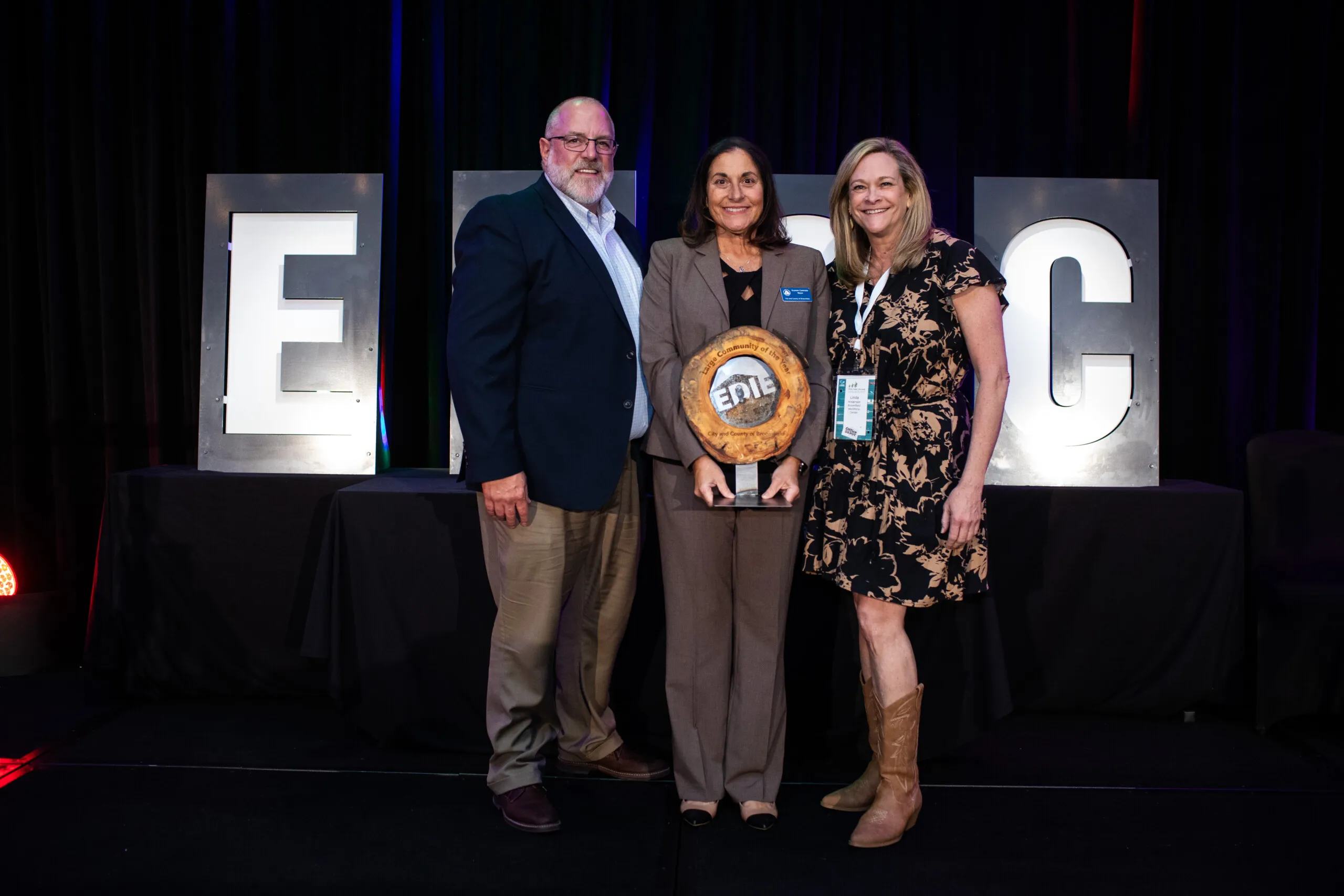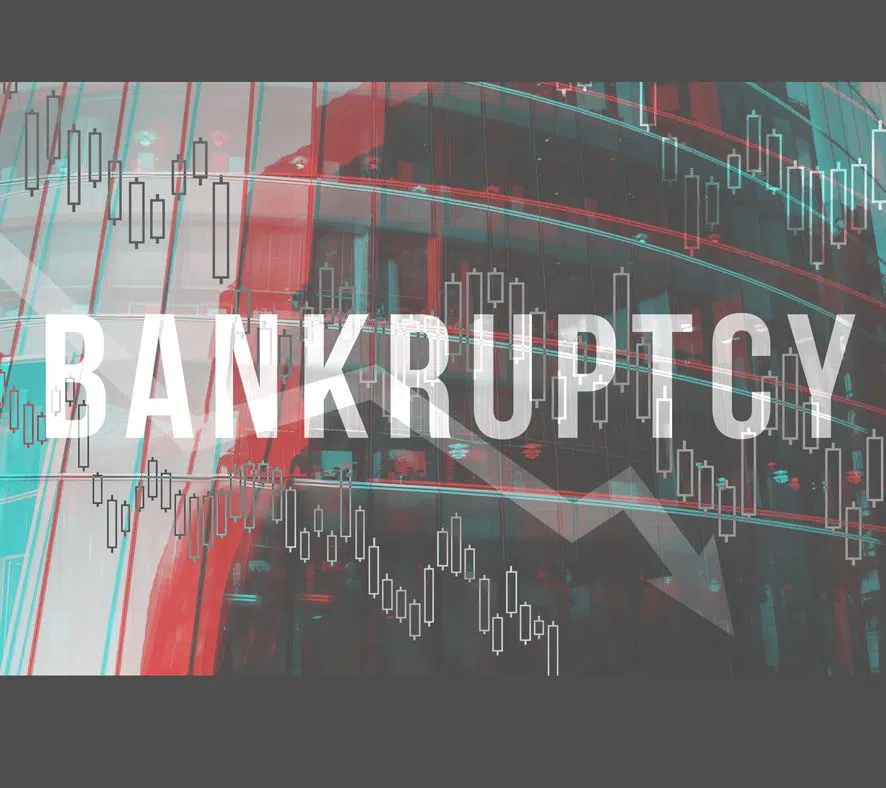Tayer: ‘I missed this’: Connectivity and recovery

“I missed this,” was the common refrain as friends and family embraced during the first vacation trip back to my hometown in the past 18 months.
“This” was the warmth and uplifting power of human connection — the chance to experience full facial expressions, to feel the tug of loving arms, to sit close together and chat aimlessly about life — that so many of us missed over the past 15 months or so. And now there is newfound appreciation of it and the collective sense, if tinged by a bit of anxiety for what future waves of virus variants are yet to come, that our souls need it.

I feel much the same about the dawn of our collective reconnection. As the vaccines do their job and the pandemic cloud begins to lift, there has been a palpable sense of joy and relief as residents, workers and visitors hit the streets, to once again frequent favorite businesses and return to the office. It’s as if we are all feeling, “I missed this.”
SPONSORED CONTENT
And so it is that one of the lessons our COVID-19 experience taught us is the importance of human connection. Notwithstanding the value of technological workarounds, such as Zoom (oh, how that word can kill a vacation buzz), most of us are more attuned than ever to the power of face-to-face interactions to lift our spirits. Even more relevant to this piece, human interaction also plays a central role in the life of our economy.
Much is being written and said about the nature of our post-COVID recovery. We ask ourselves whether or how many workers will return to traditional offices, consumers to local stores and audiences to entertainment venues. Certainly, some things may well look different, with many creative experiments in new workplace models taking shape. It’s not really about public health, though that concern hasn’t completely vanished. It’s more about perceptions of productivity and convenience as weighed against the value of time together in an office environment.
Notably, the importance of connection in the workplace was underscored at a recent Boulder Economic Council webinar on “Returning Safely: Perspectives on the Return of Boulder’s Workforce.” The panel members — representatives of large corporations and small businesses — all noted that some hybrid work/life models will continue. However, moving forward, helping their workers and clients re-establish human connectivity was still key to their future success. Words like “collaboration,” “innovation,” and “team culture” pepper their vision of a return to in-person work.
The same theme is unfolding in our communities, particularly center cities like Boulder, as they adjust to the changing business environment. I was struck, in particular, by a recent article from urbanist Richard Florida in Bloomberg News about how cities are redefining themselves from being simply Central Business Districts into Central Social Districts that encompass more phases of lifestyle. It means moving beyond the paradigm of central districts as mere 9 to 5 stereotypes, using technology to link physical offices with surrounding housing, coffee shops, and other locales in a “network of spaces.”
The movement in that direction is already taking place in metropolitan areas around the globe. In Paris, for example, the mayor is calling for a “15-minute city,” in which every citizen lives within 15 minutes of essential services and shopping. Boulder has strived to develop such districts. Pearl Street represents an early example that we are now seeing take shape in neighborhoods like Boulder Junction and North Boulder, each with their own unique character, and an emerging opportunity in East Boulder.
The Boulder Chamber envisions a future for our community with even more of these thriving mixed-use neighborhoods. It’s a model that offers demonstrated environmental and social equity advantages, while supporting the elements of connectivity that contribute to our collective economic vitality. There are many dimensions to consider in getting the mix right. As Boulder Economic Council Executive Director Scott Sternberg noted in his recent column, “Balance Is Key For Economic Vitality,” we need to seek harmony in the size, scale and scope of our business organizations in order to maximize economic prosperity, while also providing the services and cultural foundation on which our businesses and residents flourish.
Similarly, in the words of urban activist Jane Jacobs, “Cities have the capability of providing something for everybody, only because, and only when, they are created by everybody.” The key is a foundation of connectivity among all elements of a community — economic, socially, and physically. We’ve missed it and need more of it!
John Tayer is president and CEO of the Boulder Chamber of Commerce. He can be reached at 303-442-1044, ext 110 or john.tayer@boulderchamber.com.
“I missed this,” was the common refrain as friends and family embraced during the first vacation trip back to my hometown in the past 18 months.
“This” was the warmth and uplifting power of human connection — the chance to experience full facial expressions, to feel the tug of loving arms, to sit close together and chat aimlessly about life — that so many of us missed over the past 15 months or so. And now there is newfound appreciation of it and the collective sense, if tinged by a bit of anxiety for what future waves of virus variants are…





